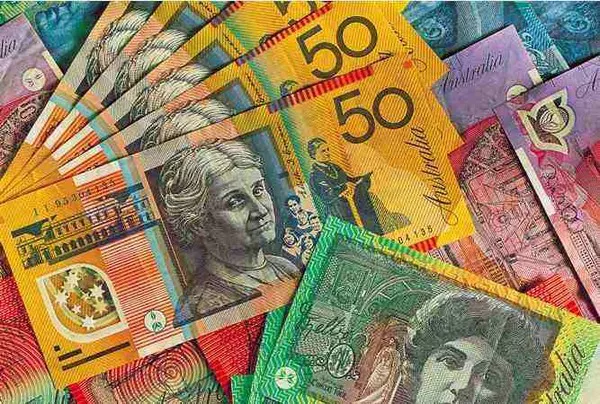The Australian Dollar (AUD) extended its gains against the US Dollar (USD) on Monday, reaching fresh six-month highs amid sustained weakness in the greenback fueled by mounting concerns over the US fiscal deficit. The AUD/USD pair traded near 0.6530 during Asian hours, buoyed by a combination of US dollar softness and optimism over global trade developments.
Despite the Aussie’s advance, its upside remains capped by dovish signals from the Reserve Bank of Australia (RBA). After last week’s 25 basis-point rate cut, RBA Governor Michele Bullock cautioned that further easing is possible if the economic outlook deteriorates sharply, raising expectations of additional rate reductions. The central bank is also closely monitoring US-China trade negotiations, as China remains Australia’s largest trading partner.
Renewed hopes for a 90-day US-China trade truce and potential new trade deals have bolstered risk appetite and supported the Australian Dollar. However, tensions simmer in Australia-China relations following China’s criticism of Australia’s decision to terminate the Darwin Port lease, held by Chinese company Landbridge since 2015. The Chinese embassy denounced the move as “unfair and unethical,” according to Reuters.
The US Dollar Index (DXY) continued to slide, trading around 98.70, pressured by growing fiscal uncertainty. The US fiscal deficit is expected to balloon if President Trump’s “One Big Beautiful Bill” passes the Senate, with the Congressional Budget Office projecting a $3.8 billion deficit increase driven by tax breaks on tip income and US-made car loans. US Senator Ron Johnson voiced concerns over rising spending and the growing $2.2 trillion annual deficit.
Fed officials expressed caution amid uncertain trade policies. Minneapolis Fed President Neel Kashkari warned that extended tariffs could increase stagflation risks, while Chicago Fed President Austan Goolsbee suggested tariff threats may delay rate changes. Meanwhile, Moody’s downgraded the US credit rating to Aa1, citing soaring federal debt projected to reach 134% of GDP by 2035.
Technically, AUD/USD’s daily chart shows bullish momentum as the pair trades above the nine-day Exponential Moving Average (EMA) near 0.6456, with the 14-day Relative Strength Index (RSI) approaching 70. The pair has cleared the previous six-month high of 0.6515, recorded in December 2024, setting the stage for a potential move toward the seven-month high of 0.6687 from November 2024.
On the downside, immediate support rests at the nine-day EMA, followed by the 50-day EMA around 0.6378. A decisive break below these levels could weaken momentum and open the path toward the March 2020 low near 0.5914.
Related Topics:
- RBA vs APRA: What is the Difference?
- What is the Purpose of the RBA Audit?
- Is the RBA Independent of the Government?



